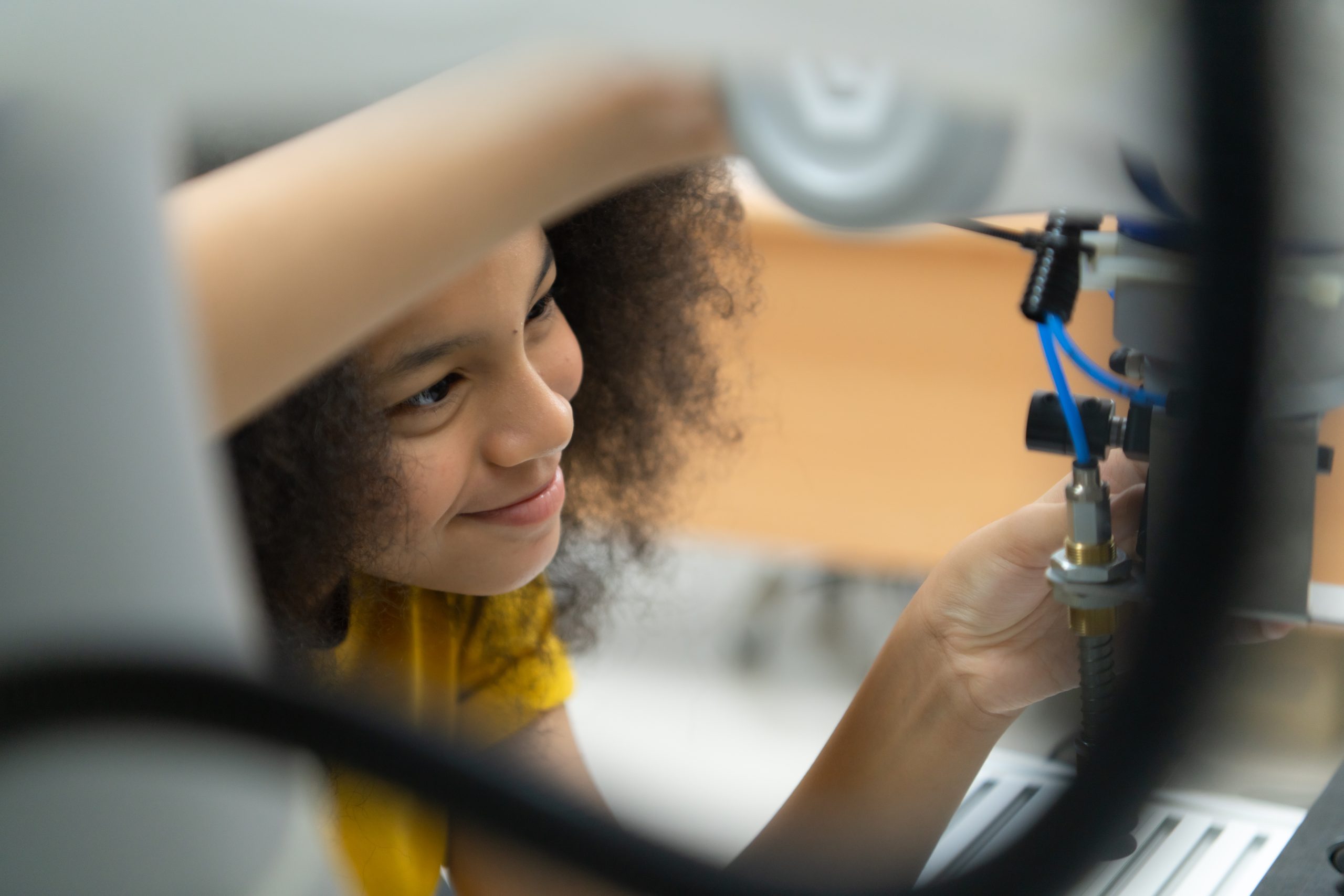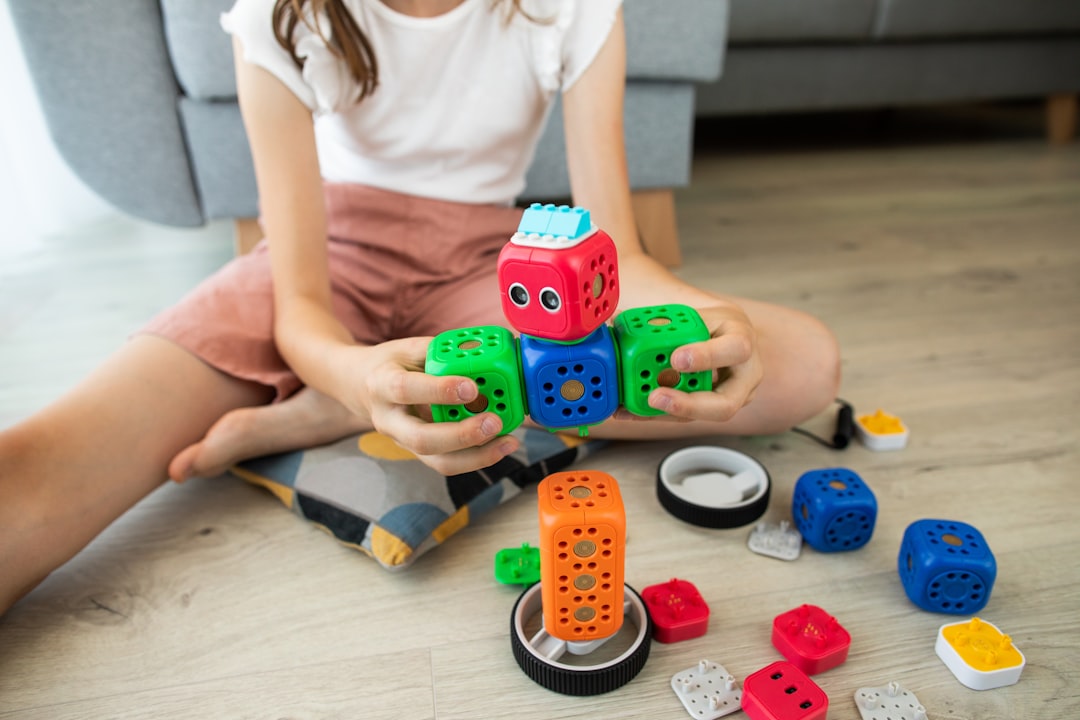Robots may once have been portrayed as futuristic machines that would change life in far-off times. However, the truth is that they’re already here and making a huge impact on the world we live in – and this includes education.
As technology continues to advance at an exponential rate, robotics has become an increasingly important part of many classrooms worldwide. In fact, learning about robotics can help students develop essential skills for the future workforce. From coding to engineering, problem-solving to communication, robotics engages students with real-world challenges while providing them with hands-on experience.
In this article, we explore how robotics is transforming education from the classroom and beyond. Whether you’re a teacher or student interested in expanding your knowledge on cutting-edge technologies or just curious about what robots can do for our society – get ready to discover all the ways where robots are stepping up performance from assembly lines to nursing homes!
Robotics in education. From the classroom to the job

Robotics is becoming increasingly popular in the classroom setting. By integrating robotics into education, students are being prepared for future careers and the workforce that will require a high level of technological expertise.
With robotics, students can learn about coding, engineering design, and even artificial intelligence in an interactive way. Robots allow students to apply what they learned in class through hands-on projects and real-world applications.
The use of robots in education also helps to foster creativity and critical thinking skills as students work on problem-solving tasks with their classmates. In addition, it encourages teamwork and communication as they collaborate on building and programming their robots.
But it’s not just about preparing students for future jobs. Robotics can also be used to address some of the current challenges facing our society such as sustainability or healthcare by developing robotic solutions that can help us solve these problems.
Overall, incorporating robotics into education has many benefits for both teachers and students alike. It provides an opportunity to develop a range of skills that will prepare them for the technology-driven workforce of tomorrow while instilling a sense of excitement about learning through interaction with robots!




Leave a Reply